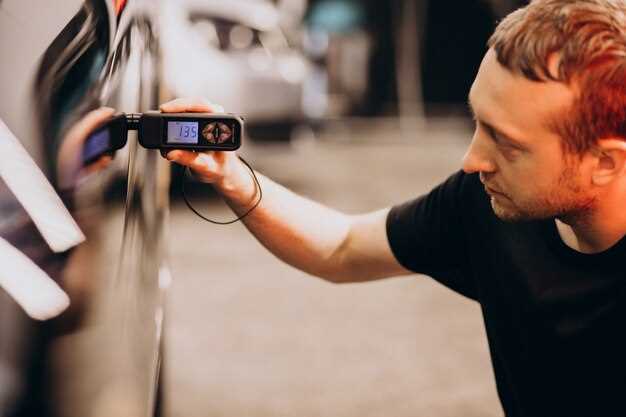
Experiencing a scenario where your Audi just won’t start can be frustrating and concerning. Understanding the potential reasons behind this issue is crucial for diagnosing and resolving it effectively. Whether you’re dealing with a complete lack of response from the ignition or simply a sluggish engine, having a systematic approach to troubleshooting can save both time and money.
First and foremost, it’s important to check the basics. Ensure that your vehicle is in a safe location and that the no relevant warning lights are illuminated on the dashboard. Confirm that the gear shift is in the ‘Park’ or ‘Neutral’ position, as trying to start the engine in any other gear can lead to a no-start scenario. Additionally, listen for any sounds when you attempt to start the engine; a clicking noise might indicate a dead battery, while silence might point to an issue with the ignition system.
Electrical components are often at the heart of starting issues in modern Audis. If your vehicle has been experiencing intermittent starting problems, it could be an indicator of battery failure, a faulty starter motor, or issues with the ignition switch. Testing the battery voltage and examining the starter connections can provide insight into the no-start problem. In some cases, a simple jump start might be all that’s needed to get your Audi back on the road.
Check Battery Condition and Connections
The first step in troubleshooting an Audi that won’t start is to check the battery condition. A weak or dead battery is often the culprit behind starting problems. Begin by examining the battery for any signs of corrosion on the terminals, which can interfere with electrical connections. If you see any corrosion, clean it off carefully using a battery terminal cleaner or a mixture of baking soda and water.
Next, ensure that the battery terminals are tightly secured. Loose connections can lead to insufficient power transfer, preventing the engine from starting. Use a wrench to tighten the terminal connections if necessary, ensuring that they are snug but not overly tight, which could damage the battery.
If the battery appears to be in good condition and the connections are secure, it’s important to test the battery voltage. A healthy battery should read at least 12.6 volts when fully charged. If the voltage is significantly lower, the battery may need to be charged or replaced. For a definitive diagnosis, consider using a multimeter or taking the battery to an auto parts store for a load test.
In summary, verifying the battery condition and connections is essential when troubleshooting starting issues in an Audi. Addressing any problems in these areas can often resolve the no-start situation effectively.
Assess the Starter Motor Functionality

When your Audi won’t start, one of the essential components to check is the starter motor. The starter motor is responsible for turning the engine over when you turn the key. If it fails to function properly, the vehicle will not start. Begin by listening for any clicking noises when attempting to start the engine; no sound often indicates a problem with the starter motor or associated electrical components.
A multimeter can be used to measure voltage at the starter motor. Ensure that the ignition is in the “on” position, and then check if there is adequate voltage reaching the starter. A significant drop in voltage may mean that there’s an issue with the battery or the wiring leading to the starter motor. If the voltages are correct but the starter still does not activate, the motor may be faulty.
Inspect the starter motor for any visible damage or corrosion, which can impede its performance. Additionally, testing the starter relay can reveal whether the initiating signal is being sent to the starter motor. If all tests show that the starter motor should function, but it continues to fail, replacement might be necessary.
Inspect Fuel Delivery and Ignition Components

When your Audi won’t start, one of the first areas to investigate is the fuel delivery and ignition systems. These components play a crucial role in the engine’s ability to ignite and run efficiently. A common issue could be a lack of fuel reaching the engine, which may stem from a faulty fuel pump, clogged fuel filter, or a malfunctioning fuel injector. Start by checking the fuel pump’s operation; listen for a humming sound when the ignition is turned on. If there is no sound, the pump may need replacement.
Next, examine the fuel filter. A clogged filter can restrict fuel flow, preventing the engine from starting. Replacing a dirty fuel filter could resolve the issue. After ensuring fuel flow is adequate, focus on the ignition components. Check the battery to ensure it has a sufficient charge, as a weak battery can weaken the ignition system’s performance. If the battery is in good condition, inspect the spark plugs and ignition coils. Worn or damaged spark plugs can hinder proper ignition, while faulty coils may fail to deliver the required spark to the plugs.
After troubleshooting these components, address any identified issues. If necessary, replace defective parts to restore proper fuel delivery and ignition. These inspections can significantly enhance the chances of getting your Audi started successfully.
